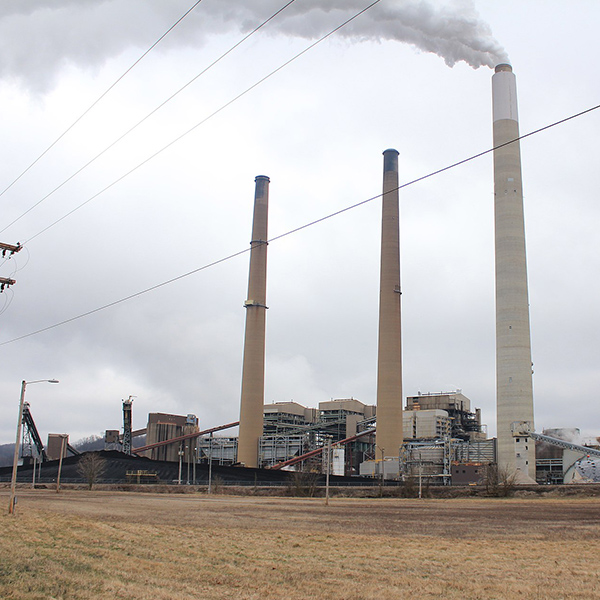
Pacific Gas and Electric (NYSE:PCG) has invited 25,000 of its customers who own Tesla (NASDAQ:TSLA) Powerwall batteries to be part of a virtual power plant (VPP) to reward customers financially and support grid reliability in California.
If most of the customers join, the aggregated storage project could eventually form the “world’s largest distributed battery,” generating the output of a small gas-fired power plant, PG&E said in a news release.
About 1,500 customers have signed up so far, and 3,000 have expressed interest, PG&E said.
“Our customers’ home batteries offer a unique resource that can positively contribute to our state’s electric grid and will become more significant as our customers continue to adopt clean energy technology,” Aaron August, PG&E vice president of business development, said in the statement. “In collaborating with Tesla, we are further integrating behind-the-meter battery-based VPPs on the largest scale yet.”
California has experienced energy emergencies during the past two summers and could continue to see shortfalls of more than 1,700 MW over the next four years, according to CAISO and the state’s Public Utilities Commission. The switch to clean energy has made CAISO’s grid especially vulnerable on hot summer nights after solar ramps down and during wildfires that curtail transmission.
To meet its reliability challenges, CAISO has required aging gas plants as small as 27.5 MW to postpone retirement, and state agencies have approved the continued operation of once-through-cooling natural gas plants that harm marine life and had been ordered to close.
FERC and CAISO have made it easier in recent years for distributed energy resources to participate in wholesale electricity markets. DER aggregations are seen as resources that could help offset summer shortfalls in CAISO and other organized markets.
Tesla’s Powerwall batteries manufactured after 2016 have a 13.5-kW capacity, bringing the potential total capacity from all 25,000 PG&E customers to 337.5 MW.
PG&E’s resource portfolio already includes some DER aggregations. As of last year, the utility said its supply included about 150 MW of VPPs used as dispatchable demand response resources, including as part of its Emergency Load Reduction Program. About a dozen aggregators already qualify to participate in PG&E’s Capacity Bidding Program.
The joint effort between PG&E and Tesla could boost such efforts to a new level. Under the program, PG&E will call load-management events, directing participants’ batteries to discharge during high demand from 4 to 9 p.m., May through October. Participating customers will receive a generous $2/kWh.
PG&E residential customers are eligible for the program if they own a Powerwall, have an interconnection agreement with PG&E and are not enrolled in other DR programs. Customers can use a Tesla app to reserve enough backup power to meet their own needs or opt out of an event, PG&E said.

